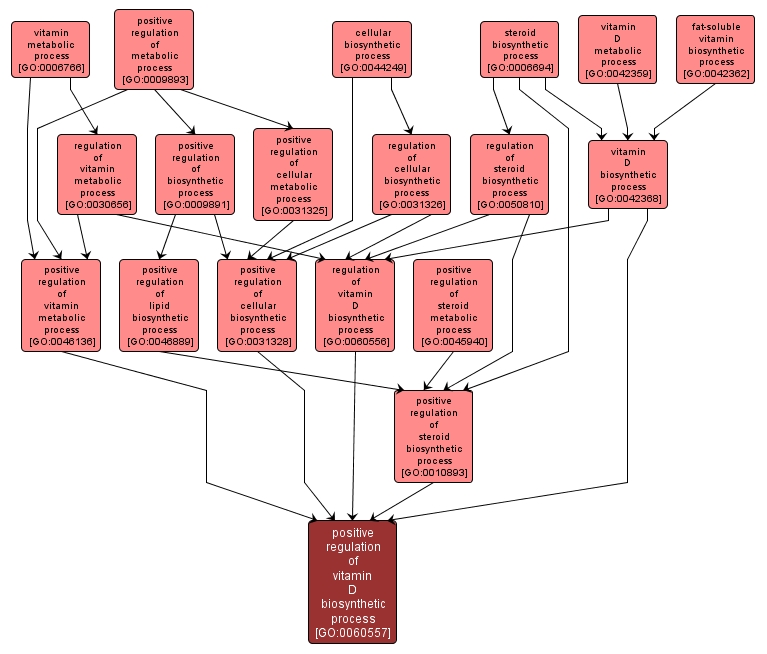| Desc: |
Any process that increases the rate, frequency or extent of a vitamin D biosynthetic process. Vitamin D biosynthesis is the chemical reactions and pathways resulting in the formation of vitamin D, any of a group of related, fat-soluble compounds that are derived from delta-5,7 steroids and play a central role in calcium metabolism. Specific forms of vitamin D include calciferol (ergocalciferol; vitamin D2) and cholecalciferol (calciol; vitamin D3). |














